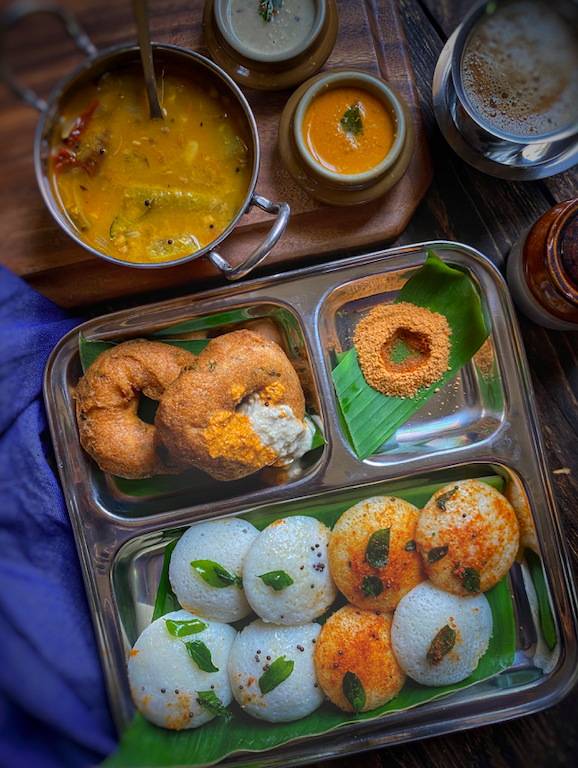Bengaluru: Of Mysore Sandal soap, sambar, open garbage dumps, cigarettes stubbed in water

Indian firefighters try to douse a fire at Bellandur Lake in Bengaluru in 2018. Bellandur Lake which is among the highly polluted lakes in the city caught fire due to suspected effluents. Photo: MANJUNATH KIRAN/AFP via Getty Images
Delhi: Of saptaparni flowers, slow-burning plastic, incense, rotis, rotting corpses
Mumbai: Of salt, sea, sweat and fish
Mumbai smells a lot of salt, sea, sweat and fish. Photo: Shivam Maurya/Pexels
India's most crowded city lies along the coast, which means sweat is a smell familiar to the city and its people. Photo: Getty Images
Kolkata: Of phuchkas, chhatim flowers, and fried fish
Chennai: Of filter coffee, jasmine flowers, detergent, vadas and vibhuti
It’s hard to miss the cotton-detergent-sweat triumvirate in public places in Chennai. Photo: Prashanth Pinha/Unsplash
"How can you not associate the fragrance of jasmine flowers and vibhuti (sacred ash) with Chennai?" Photo: Getty Images